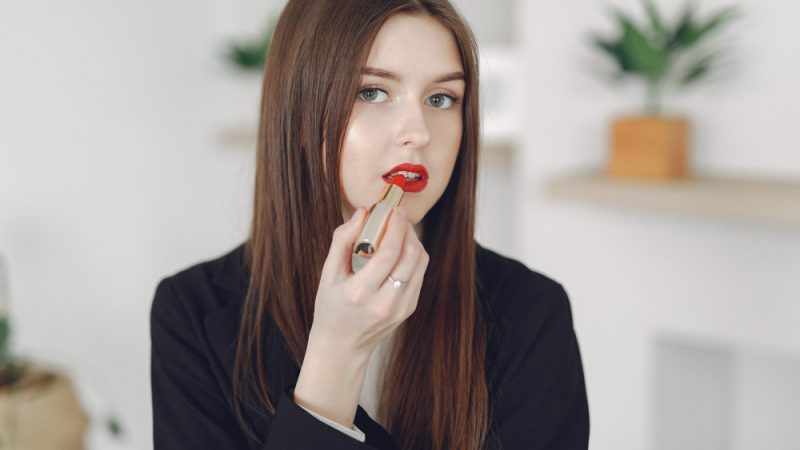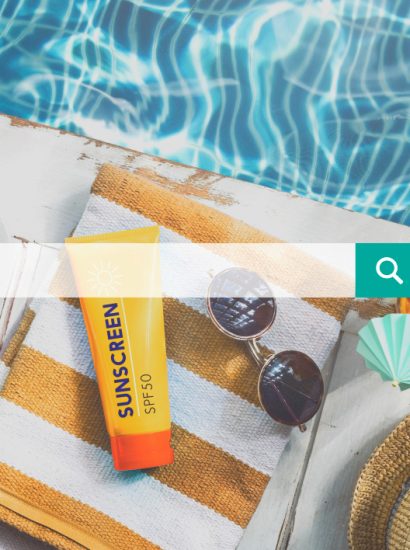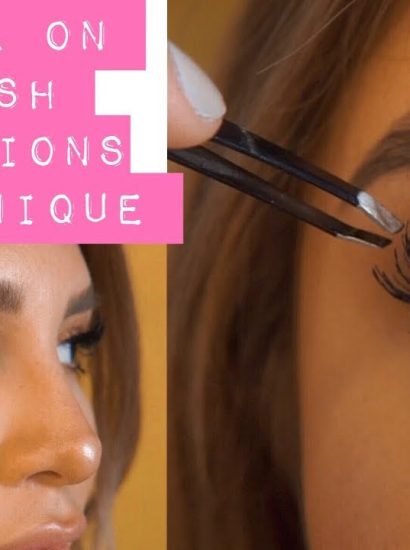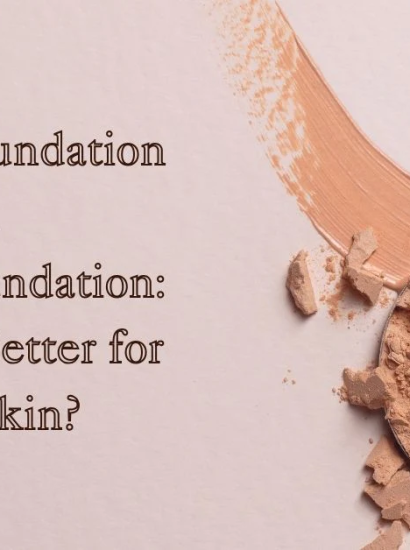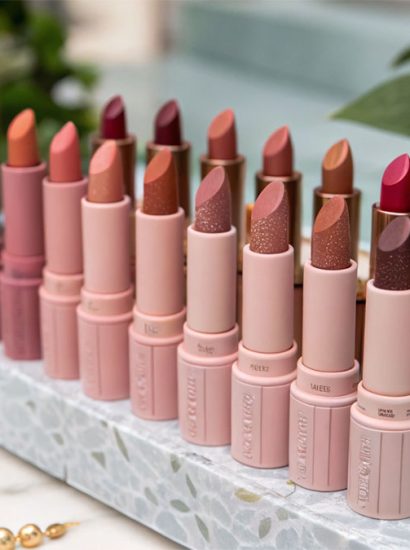Full, plump lips have become one of the most sought-after beauty trends in recent years. Thanks to celebrities, social media influencers, and the popularity of aesthetic enhancements, the desire for a luscious pout continues to grow. Lip plumping refers to a range of techniques — from simple topical glosses to professional filler injections — designed to enhance lip volume, shape, and texture.
But what exactly is lip plumping, and how does it work? In this comprehensive guide, we’ll explain the science behind lip plumping, explore different methods, discuss their benefits and potential risks, and help you choose the best option for your beauty goals.
What Is Lip Plumping?
Lip plumping is the process of temporarily or permanently increasing the volume of your lips using cosmetic methods. The goal is to achieve fuller, smoother, and more defined lips that complement your facial features.
Depending on the technique, lip plumping can be non-invasive (using topical products or suction devices) or minimally invasive (using injectable fillers like hyaluronic acid).
In short, lip plumping can:
- Add volume to thin lips
- Define lip contours
- Smooth out fine lines around the mouth
- Enhance overall symmetry and appearance
How Does Lip Plumping Work?
The mechanism of lip plumping depends on the method used. Generally, there are two main approaches — topical stimulation and dermal enhancement.
a. Topical Lip Plumpers
These are cosmetic products like lip glosses, serums, or balms that temporarily swell the lips. They contain ingredients such as menthol, cinnamon oil, or capsicum extract that mildly irritate the lips, increasing blood flow and causing a subtle swelling effect.
b. Lip Plumping Devices
Suction-based tools create a vacuum effect that increases circulation in the lip tissue, leading to temporary fullness. However, these results last only a few hours and can sometimes cause bruising if overused.
c. Injectable Lip Fillers
Professional dermal fillers (usually containing hyaluronic acid) are injected into specific lip areas. Hyaluronic acid attracts and retains moisture, giving a hydrated, plumped look that lasts from 6 to 12 months.
Types of Lip Plumping Methods
There are multiple lip plumping methods, each suited to different comfort levels, budgets, and desired outcomes.
1. Lip Plumping Gloss or Balm
- Duration: Few hours
- Best for: Beginners seeking a subtle, non-invasive option
- Example Ingredients: Peppermint oil, menthol, cinnamon, or niacin
2. Lip Masks and Serums
These products hydrate and slightly enhance volume using collagen-boosting or hyaluronic acid-rich formulas.
3. Lip Suction Devices
- Duration: 1–2 hours
- Caution: Overuse can cause redness or bruising
4. Microneedling Lip Treatments
Tiny needles create micro-injuries that stimulate collagen production for a naturally fuller appearance over time.
5. Injectable Fillers (Hyaluronic Acid)
- Duration: 6–12 months
- Best for: Long-lasting, customizable volume
- Brands: Juvederm, Restylane, Teosyal
6. Fat Transfer (Lip Grafting)
Involves using your body’s fat to enhance the lips permanently. This surgical method is ideal for those seeking a more natural yet enduring result.
Benefits of Lip Plumping
Lip plumping offers aesthetic and confidence-boosting advantages.
✅ Enhanced Volume & Shape: Fuller lips make facial features look more balanced and youthful.
✅ Improved Hydration: Hyaluronic acid fillers attract moisture, keeping lips soft and supple.
✅ Instant Results: Most lip fillers and topical products deliver visible results within minutes or days.
✅ Reversible Options: Hyaluronic acid fillers can be dissolved if the results don’t meet expectations.
✅ Minimal Downtime: Non-surgical methods allow you to return to daily activities immediately.
Risks & Side Effects of Lip Plumping
While generally safe when performed by qualified professionals, lip plumping carries some risks.
Common Side Effects:
- Temporary swelling and redness
- Mild bruising
- Tingling or sensitivity
Potential Complications:
- Uneven results or overfilled appearance
- Allergic reactions to topical ingredients or fillers
- Infection or vascular occlusion (in rare cases)
Pro Tip: Always consult a licensed medical aesthetician or dermatologist before any injectable treatment. Avoid at-home suction devices that may cause tissue damage.
Lip Plumping vs. Lip Fillers: What’s the Difference?
Although both enhance lip volume, they differ in application and longevity.
| Feature | Lip Plumpers | Lip Fillers |
| Method | Topical or suction | Injectable (Hyaluronic Acid) |
| Duration | Minutes to hours | 6–12 months |
| Cost | Low ($10–$50) | Moderate to High ($300–$700 per session) |
| Results | Temporary & mild | Long-lasting & customizable |
| Invasiveness | Non-invasive | Minimally invasive |
For those who want to test the look before committing, topical plumpers are a great start. If you’re seeking defined contours and longer-lasting fullness, fillers are the better option.
How to Prepare for a Lip Plumping Treatment
Preparation plays a crucial role in achieving smooth and natural-looking results.
Before the procedure:
- Avoid alcohol, aspirin, and anti-inflammatory medication for 24 hours (reduces bruising).
- Stay hydrated — healthy skin absorbs fillers better.
- Discuss your expectations clearly with your practitioner.
After the procedure:
- Apply ice packs to reduce swelling.
- Avoid strenuous exercise and heat exposure for 24–48 hours.
- Do not massage or press your lips unless advised.
Natural Alternatives to Lip Plumping
If you prefer a chemical-free or non-invasive approach, consider these natural methods:
- Exfoliation: Gently scrub lips using sugar and honey to improve blood circulation.
- Cinnamon or Peppermint Oil: Mix with coconut oil for a DIY lip-plumping balm.
- Hydration: Drink plenty of water; dehydrated lips appear thinner.
- Lip Exercises: Facial yoga can help strengthen and lift lip muscles naturally.
- Makeup Tricks: Use a lip liner slightly outside your natural line and a dab of gloss at the center for a fuller look.
These methods won’t provide dramatic changes but can enhance your natural lip volume safely.
How to Maintain Fuller, Healthier Lips
To prolong results and keep your lips healthy:
- Use SPF lip balm daily to prevent sun damage.
- Exfoliate 1–2 times a week to remove dead skin.
- Stay hydrated and maintain a balanced diet.
- Avoid smoking, which dehydrates and discolors lips.
- Schedule touch-ups every 6–12 months for filler maintenance.
Conclusion
Lip plumping is more than just a passing beauty trend — it’s an effective way to enhance your natural features when done safely and thoughtfully. Whether you choose a simple gloss or professional filler, understanding how each method works allows you to make an informed decision.
Always consult a certified expert, prioritize safety, and remember that confidence comes from embracing your natural beauty — plumped lips or not.
FAQs
1. Is lip plumping safe?
Yes, when performed by licensed professionals and using approved products. Over-the-counter glosses are also safe if used as directed.
2. How long do lip plumping results last?
Topical plumpers last a few hours, while injectable fillers can last up to 12 months depending on the brand and metabolism.
3. Can I remove or reverse lip fillers?
Yes. Hyaluronic acid fillers can be safely dissolved using hyaluronidase, an enzyme administered by your practitioner.
4. Do lip plumpers hurt?
Topical products cause mild tingling. Injectable treatments are done under local anesthesia and may cause slight temporary discomfort.
5. How much does lip plumping cost?
Topical products cost between $10–$50, while professional filler treatments range from $300–$700 per session depending on the clinic and location.
Also read: 10 Brown Hair Colour Natural Shades That Look Effortlessly Beautiful

